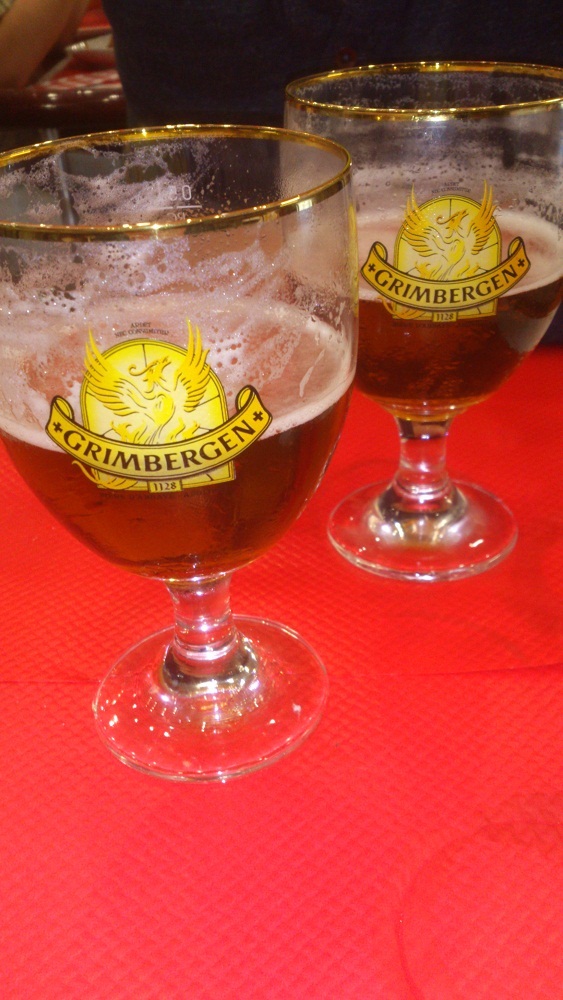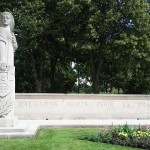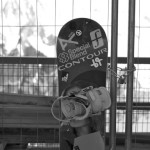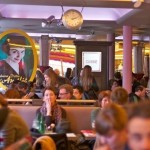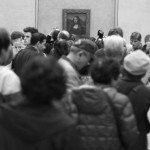Lille is the fourth largest city in France, based up north and close to the border with Belgium. Served by the Eurostar, this French city has easy access, also being a short drive or train journey away from the ferry port in Calais.
Once you have arrived in Lille, here are some of the attractions to visit:
Grand Place, Lille
In the heart of Lille, France you will find the historic Grand Place (or the Place du Général de Gaulle as the natives call it). This is the main square in the centre of this northern French city. Lille’s Grand Place was once home to an important medieval market but today proudly presents beautiful architecture from the 17th to 20th century’s.
One of the most popular attractions amongst tourists and locals alike is the Vieille Bourse; the site of the Old Stock Exchange which was completed in 1653.
La Vieille Bourse is a great example of 17th century Flemish renaissance-style architecture. Made up of 24 identical townhouses, the Vieille Bourse overlooks a courtyard that at night is cleared to make way for dancing couples.
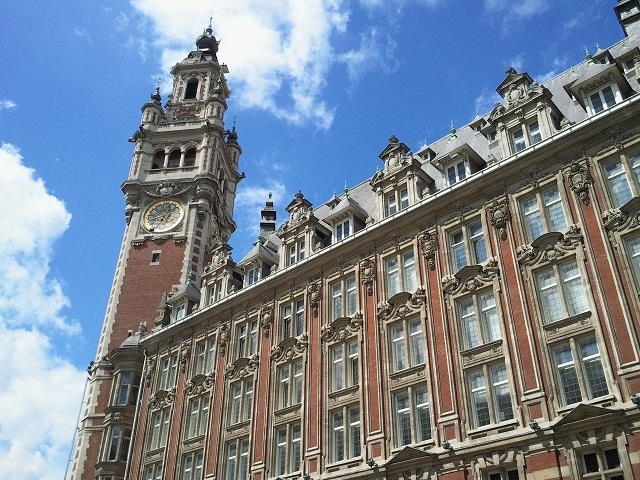
Overlooking the square is a statue of the Goddess. On top of her column, this statue commemorates Lille’s successful resistance of the Austrian siege in September-October 1792.
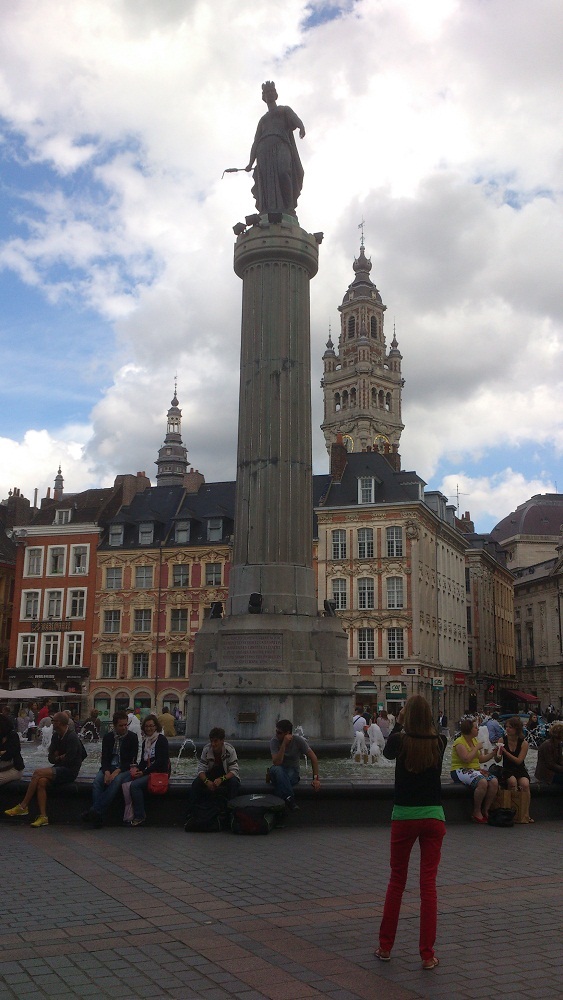
As well as the Goddess, there is a statue of the Three Graces (Trois Grâces) on top of the Voix du Nord (Voice of the North) building. These represent the three former provinces of the region; Artois, Flanders and Hainault. La Voix du Nord is the regional newspaper that has been running since 1941.
Another example of classical architecture in the Grand Place is the Théâtre du Nord. Nearby the Vieille Bourse, the theatre (formerly the Grand’Garde, or “the Outpost” in English) has some intricate details including the emblem of King Louis XIV.
One of the most obvious sites in Lille is that of the 76 metre high belfry of the Chamber of Commerce peeking out over the Vieille Bourse. Building was completed in 1921, designed by architect Louis Marie Cordonnier in a beautiful neo-Flemish style.
Next to the Chamber of Commerce is the Opera de Lille, which plays host to a full calendar of dance, opera and concerts each year.
As well as all the wonderful buildings located in and around the Grand Place in Lille, the area also boasts a large number of shops, including the largest book shop in Europe.
Palais des Beaux Arts
Both the interior and exterior of this building are spectacular. Entrance will only set you back €4.60, although it is worth noting that it is not open on Tuesday’s.
Monet, Rubens, van Dyck, van Gogh, the list of collections inside the Palais des Beaux Arts is endless.
Vieux Lille (Old Lille)
In Vieux Lille, or the Old Town as it translates, the Flemish feel of Lille is at its most noticeable. Walk through the narrow cobbled streets you will notice the red brick buildings, and pass by a number of restaurants, bars and fashion boutiques.
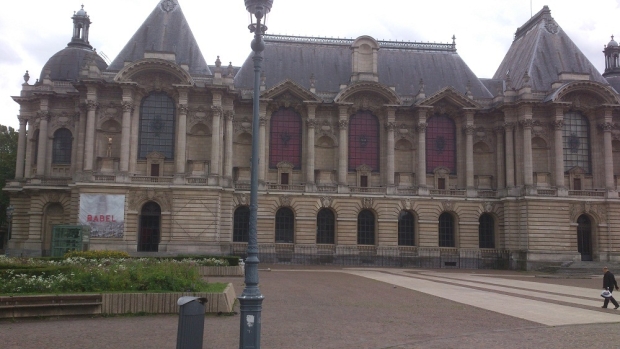
Local Cuisine
Old Lille is an excellent choice for restaurants and bars, and is a lot cheaper (and arguably better quality) than the restaurants in and around the Grand Place.
The Moules-Frites, or fried mussels are the speciality in Lille. Pretty much every restaurant we stopped at our passed by during our stay were selling mussels. They come served in a large saucepan, usually with a wine sauce.

No trip to France is complete without tasting their cheeses. They love their cheeses. And Lille is no exception. Several different cheeses can be found, particularly in the shops in Old Lille.
The most popular beers in Lille during our stay were Kronenbourg and Grimbergen. Kronenbourg is well-known, whilst Grimbergen is a Belgian wheat beer. We also passed a Café Leffe.
